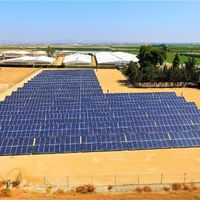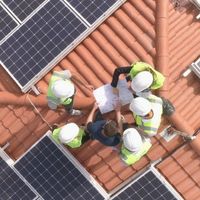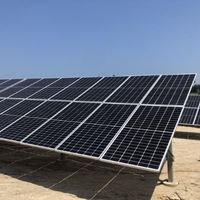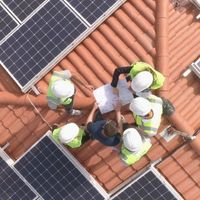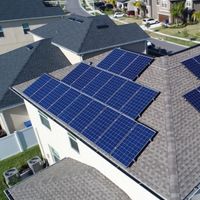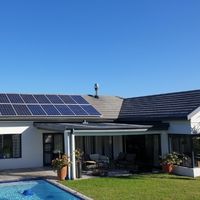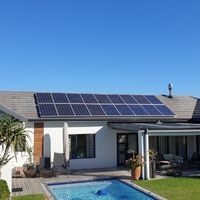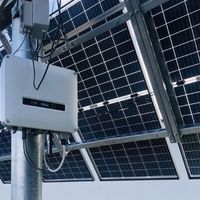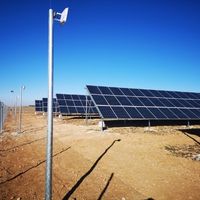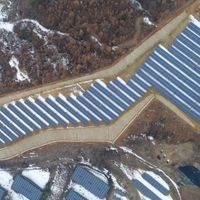2022.Aug
24
India's PV module imports in Q2 2022 down 22% year-on-year
According to survey data recently released by the Indian Ministry of Commerce, India imported $597.48 million (approximately Rs 4,739 million) of photovoltaic modules in the second quarter (Q2) of 2022, a 22% drop compared to the same period last year. Compared with the previous quarter, imports fell by 51% to $1.23 billion (approximately Rs 9,262 crore). India's PV module exports in the second quarter of 2022 fell by 57% year-on-year to $26.22 million (approximately Rs 2.07 billion), compared to $60.58 million (approximately Rs 4.8 billion) in the same period last year. On a quarterly basis, exports in the second quarter increased by 250% compared to the $7 million (approximately Rs 555.1 crore) exported in the first quarter of 2022. In the second quarter of 2022, China remained India's largest exporter of PV modules and cells, accounting for nearly 85.3%, followed by Vietnam, Singapore, Thailand, the Philippines, and Hong Kong, accounting for 9.1%, 3.5%, and 1.7%, respectively , 0.1% and 0.1%,. In the first quarter of 2022, China's share of India's PV imports was 95.7%. PV module imports, which had grown significantly in the past two quarters, have fallen as India implemented Basic Duty Duty (BCD) in April this year. The increase in PV module imports in the first two quarters was mainly due to the large-scale procurement and storage of about 10GW of PV modules by Indian PV developers to save costs. The Ministry of New and Renewable Energy's (MNRE) Revised "Approved List of Models and Manufacturers" (ALMM) order stipulates that only the models and manufacturers included in the ALMM list are eligible for use in government projects, government aided projects and the projects under the national government plan. For tenders issued after April 10, 2021, developers can only source modules from the list of PV module manufacturers in the ALMM list, currently only Indian manufacturers are listed. The impact of the implementation of the Basic Duties (BCD) and the mandatory compliance with the ALMM list is already starting to be reflected in the import and export data. After the implementation of the basic tariff (BCD), the price of PV modules soared by 40%, which seriously affected the import of PV modules. Export of photovoltaic modules The US continued to be the largest market for India's PV exports in Q2 2022, accounting for 45% of its market share, compared to 52% in Q1 2022. Somalia, Afghanistan, Oman, Canada and South Africa account for 20%, 13%, 11%, 2 and 1% of the market, respectively.
Read More
